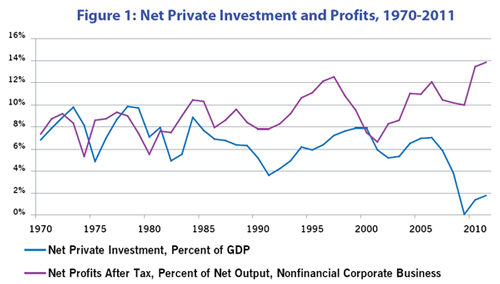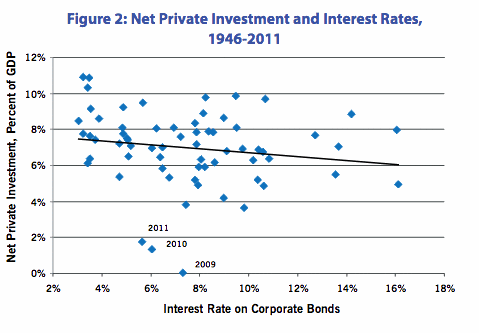Paraphrasing Donald Rumsfeld, there are things we know and things we don’t know, and things we know we don’t know, and things we don’t know we don’t know.
One thing many working people in American don’t know that they don’t know is how poor our social benefits are compare with those enjoyed by workers in other countries. No doubt one reason is the general media blackout about worker experiences in other countries. A case in point: vacation benefits.
The Center for Economic and Policy Research recently completed a study of vacation benefits in advanced capitalist economies. Here is what the authors found:
The United States is the only advanced economy in the world that does not guarantee its workers paid vacation. European countries establish legal rights to at least 20 days of paid vacation per year, with legal requirements of 25 and even 30 or more days in some countries. Australia and New Zealand both require employers to grant at least 20 vacation days per year; Canada and Japan mandate at least 10 paid days off. The gap between paid time off in the United States and the rest of the world is even larger if we include legally mandated paid holidays, where the United States offers none, but most of the rest of the world’s rich countries offer at least six paid holidays per year.

Even though paid vacations and holidays are not legally required in the United States, some employers do provide them to their workers. The table below shows the paid vacations and paid holidays offered in the U.S. private sector based on data from the 2012 National Compensation Survey. The first two columns show the percentage of private sector workers that receive paid leave, vacation and holidays. The next two columns show the average number of paid vacation and paid holidays provided to those employees that receive the relevant benefit. The last two columns show the average number of paid vacation and paid holidays for all private sector workers, meaning those that receive and those that do not receive the relevant benefits.

Thus, on average, private-sector workers in the United States receive ten days of paid vacation per year and six paid holidays. This total still leaves U.S. workers last in the rankings even when compared with the legal minimums highlighted above. And many employers in these other countries also offer more paid leave than legally required.
Moreover, several countries require additional paid leave for younger and older workers, additions that are also not included in the legal minimums highlighted above. For example, “in Switzerland, workers under the age of 30 who do volunteer work with young people are entitled to an additional five days of annual leave. Norway offers an additional week of vacation to workers over the age of 60.”
And some countries provide additional leave for workers with difficult schedules. For example, “Australia offers some shift workers an additional work week of leave. Austria offers workers with ‘heavy night work’ two to three extra days of leave, depending on how frequently they do this shift work, and an additional four days of leave after five years of shift work.”
Several countries offer additional paid leave for jury service, moving, getting married, or community or union work. For example, “French law guarantees unpaid leave for community work, including nine work days for representing an association and six months for projects of ‘international solidarity’ abroad and leave with partial salary for ‘individual training’ that is less than one year. Sweden requires employers to provide paid leave for workers fulfilling union duties.”
Austria, Belgium, Denmark, Greece, and Sweden even require employers to pay workers at a premium rate while they are on vacation.
There is more to say, but the point should be clear. Ignorance of experiences elsewhere has narrowed our own sense of possibilities.
Martin Hart-Landsberg is a professor of economics at Lewis and Clark College. You can follow him at Reports from the Economic Front.














